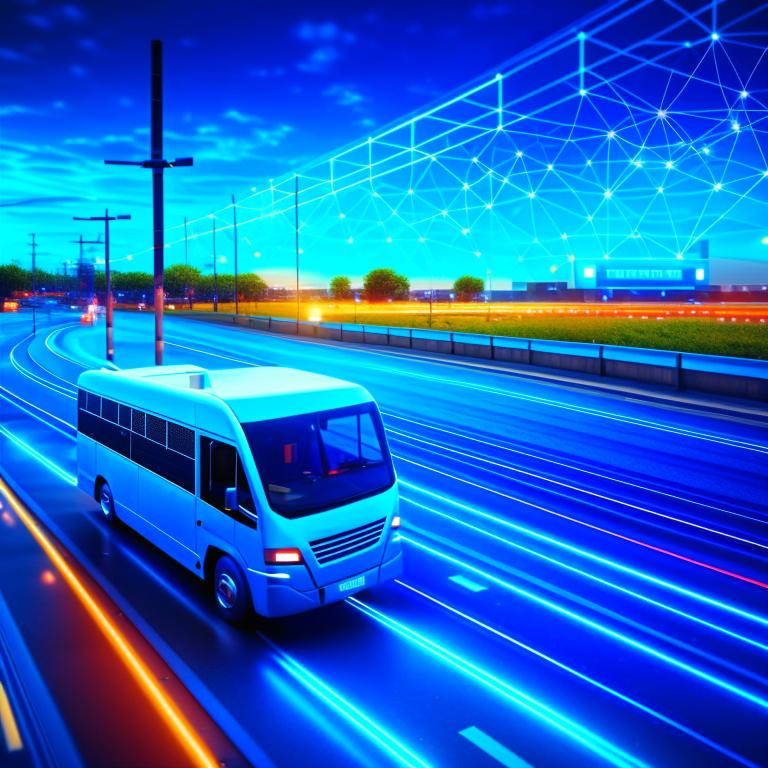The rapid digital transformation of the 21st century has seen a massive explosion of data. Every digital process, every transaction, every user interaction on the internet generates data, contributing to this massive entity we call ‘Big Data.’ In parallel, Artificial Intelligence (AI) has made monumental strides, enabling machines to learn and perform tasks that were once exclusive to human intelligence. One critical area where the confluence of Big Data and AI shows transformative potential is in the Intelligent Transportation Systems (ITS).
Understanding Intelligent Transportation Systems
ITS refers to the application of information and communication technologies to transport infrastructure and vehicles. The main objectives of ITS are improving safety, reducing congestion, enhancing mobility, minimizing environmental impact, and augmenting productivity and efficiency in the transport sector. The systems are designed to provide innovative services related to various modes of transport and traffic management, enabling users to make better-informed and safer use of transport networks.
Big Data: The Backbone of ITS
ITS depends heavily on data. This data comes from multiple sources including GPS, road sensors, CCTV cameras, vehicle telematics, and social media feeds, among others. The volume, variety, and velocity of this data qualify it as Big Data. The importance of Big Data in ITS cannot be overstated. It provides a granular view of the transportation landscape, capturing every nuance from traffic patterns and vehicle movements to driver behavior and weather conditions.
Through Big Data analytics, we can derive meaningful insights from this massive pool of data. For example, by analyzing historical and real-time traffic data, ITS can predict congestion points and suggest alternate routes. Big Data can also help understand accident patterns and identify dangerous road segments, aiding in preventative measures.
The Role of AI in ITS
While Big Data provides the raw material, AI is the engine that drives ITS. AI can learn from the data, identify patterns, make decisions, and even predict future outcomes. The three main areas where AI plays a crucial role in ITS are prediction, optimization, and automation.
Prediction: With machine learning, a subset of AI, systems can learn from historical data and predict future scenarios. For instance, AI can predict traffic congestion, vehicle breakdowns, or probable accident spots. These predictions enable preemptive actions, improving efficiency and safety.
Optimization: AI can help optimize routes for vehicles based on various parameters like distance, traffic, and fuel consumption. It can also optimize traffic signal timings based on real-time traffic conditions, reducing waiting times and improving overall traffic flow.
Automation: Autonomous vehicles are the pinnacle of AI application in ITS. AI-powered driverless vehicles can communicate with each other and with the transport infrastructure, make decisions in real-time, and operate without human intervention, significantly enhancing efficiency and safety.

The Road Ahead
The fusion of Big Data and AI in ITS has shown promising results, but it is just the beginning. Future advancements in AI, such as Deep Learning and Reinforcement Learning, will further enhance the predictive and decision-making capabilities of ITS. As more data becomes available with wider connectivity, Big Data analytics will also become more refined, providing even more precise insights.
In conclusion, the combination of Big Data and AI is not just reshaping transportation as we know it; it’s forging the path towards a safer, more efficient, and more sustainable transportation future. At our lab, we remain dedicated to furthering these technologies, accelerating our journey towards a world where Intelligent Transportation Systems are the norm, not the exception.


